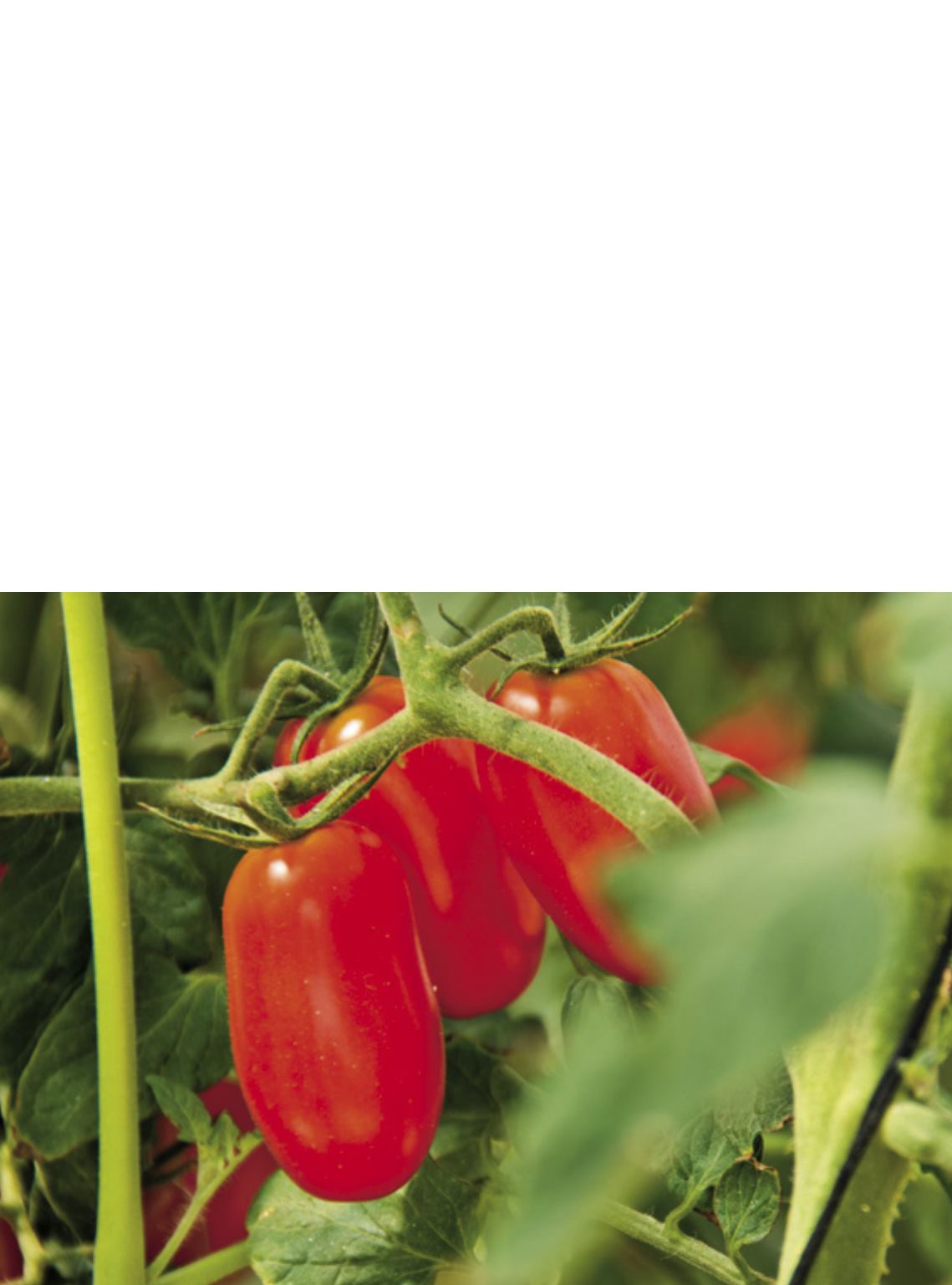
S
ince the beginning of the Brazil-
ian economic crisis, in 2015, the
year 2017was theworst in terms
of profits for the vegetable grow-
ers. This analysiswas conducted
inDecember by theHortifruti Brazil team, of
the Center for Applied Studies on Advanced
Economics (Cepea), a department of the
Luiz de Queiroz College of Agriculture (Es-
alq), adivisionof theUniversity of SãoPaulo
(USP). The analysts, however, nourish well-
founded expectations that prices in 2018
will go up from the previous period, consid-
ering the smaller planted areas of the main
crops that were surveyed in the biggest pro-
duction centers in the Country.
Cepeaofficialsobserved that theclimate
(except in the Semiarid region) wasmore fa-
vorable to vegetables in 2017 (particularly in
winter) and generated production surplus-
es. This, according to specialists, occurred
because no proportional demand reaction
was observed, although consumer prices
had dropped compared to previous years
(2015 and 2016). In such a situation, invest-
ments in potatoes, table tomatoes, onion
and carrots were inhibited in the first quar-
ter, with resulting smaller production vol-
umes. Considering thewinter areas for 2017
and summer areas for 2017/18, therewill be
At themercy of
the
economy
Smaller consumption anddeclining profits
down in 2017 affected the sector, which, however,
hopes for better results during the newseason
Inor Ag. Assmann
64


